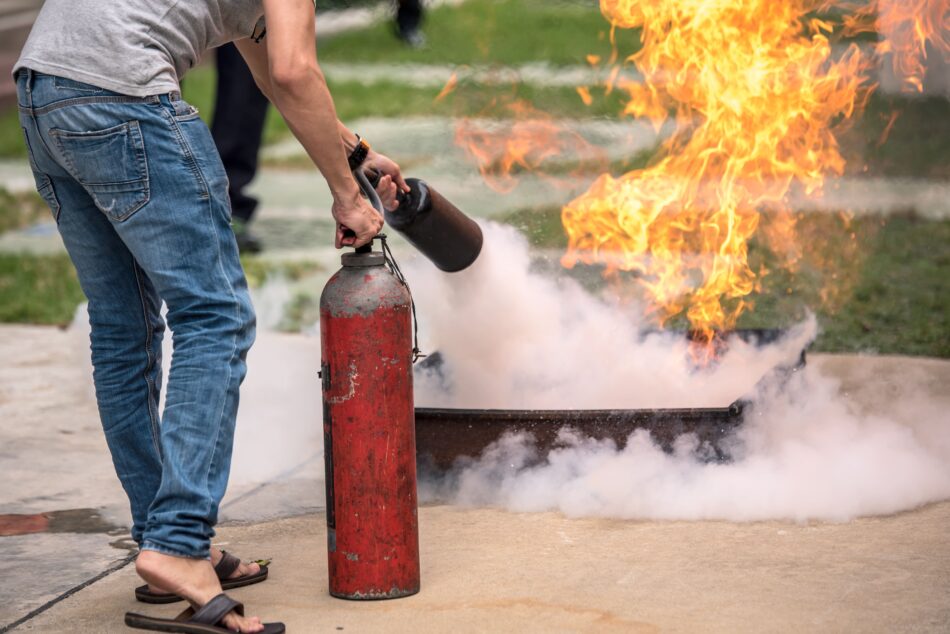A Fire Risk Assessment is a vital process designed to identify potential fire hazards, evaluate the risks they pose, and implement measures to reduce or eliminate them. For businesses, landlords, and property managers in the UK, carrying out a Fire Risk Assessment is not only a legal requirement but also a critical step in safeguarding lives and assets.
What is a Fire Risk Assessment?
A Fire Risk Assessment is a structured review of a property to ensure it is safe from fire hazards. It involves examining the building, identifying potential ignition sources, checking fire safety equipment, and assessing how people would escape in case of an emergency. The findings are then documented in a report, along with practical recommendations to improve fire safety.
According to the Regulatory Reform (Fire Safety) Order 2005, all non-domestic properties and rental accommodations must have a suitable and sufficient Fire Risk Assessment carried out.
Why is a Fire Risk Assessment Important?
Fires can spread rapidly and cause devastating damage, but most incidents are preventable. Conducting regular Fire Risk Assessments offers several benefits:
- Life Safety – Identifies risks and ensures safe evacuation routes for occupants.
- Legal Compliance – Property owners and employers are legally obliged to maintain up-to-date fire safety records.
- Risk Reduction – Detects hazards such as faulty wiring, blocked exits, or poor storage of flammable materials.
- Insurance Protection – Valid Fire Risk Assessments can support insurance claims and reduce liability in the event of a fire.
- Peace of Mind – Ensures that staff, tenants, and visitors are protected in case of an emergency.
Who Needs a Fire Risk Assessment?
- Businesses – Offices, warehouses, shops, and factories are legally required to conduct assessments.
- Landlords – Rental properties, HMOs (houses in multiple occupation), and flats must have fire safety checks in place.
- Public Buildings – Schools, hospitals, care homes, and community centres require regular fire safety inspections.
Essentially, if people other than your immediate family occupy your property, you are responsible for ensuring a Fire Risk Assessment is completed.
What Does the Process Involve?
A typical Fire Risk Assessment includes the following steps:
- Identify Hazards – Spotting ignition sources, combustible materials, and potential risks.
- Assess People at Risk – Considering vulnerable groups such as children, elderly residents, or those with mobility issues.
- Evaluate Existing Safety Measures – Reviewing fire alarms, extinguishers, signage, and emergency lighting.
- Plan Escape Routes – Ensuring exits are clear, accessible, and well-marked.
- Record Findings and Action Plan – Documenting results and implementing improvements.
- Review Regularly – Updating the assessment when building use, layout, or regulations change.
How Often Should It Be Done?
Fire Risk Assessments should be reviewed annually and updated whenever significant changes occur, such as renovations, new tenants, or changes in business operations.
Summary
A Fire Risk Assessment is more than just a Legal Formality – it is a Life-Saving precaution that helps protect people, property, and businesses from devastating consequences. By identifying hazards, reducing risks, and maintaining compliance, you create a safer environment for everyone. Whether you are a landlord, employer, or property manager, ensuring your Fire Risk Assessment is up-to-date should always be a top priority.








